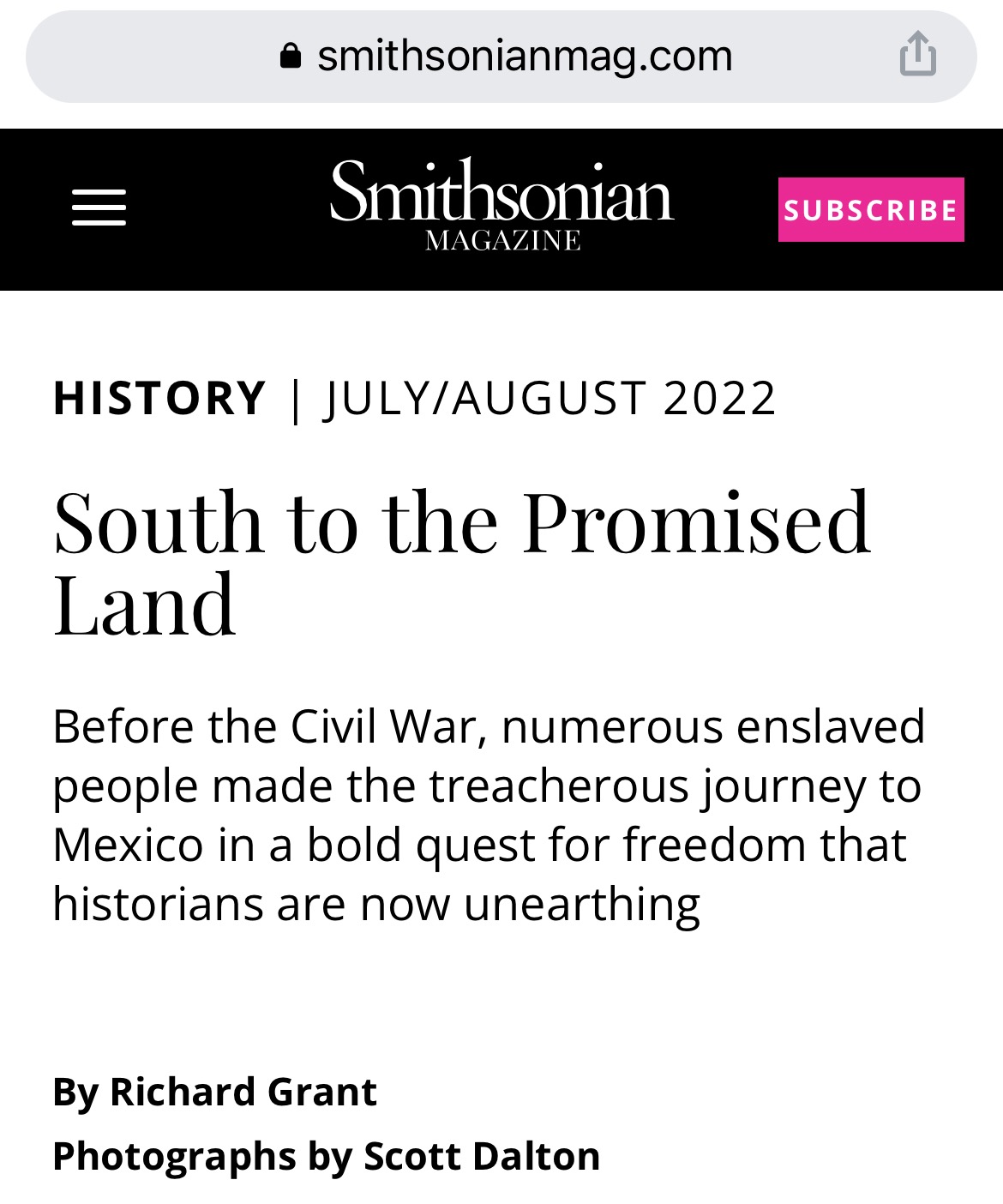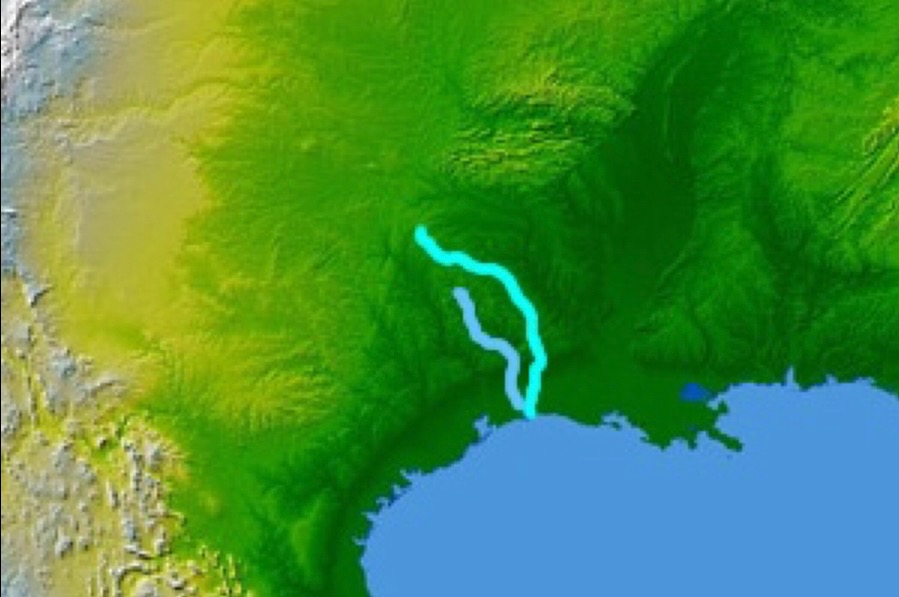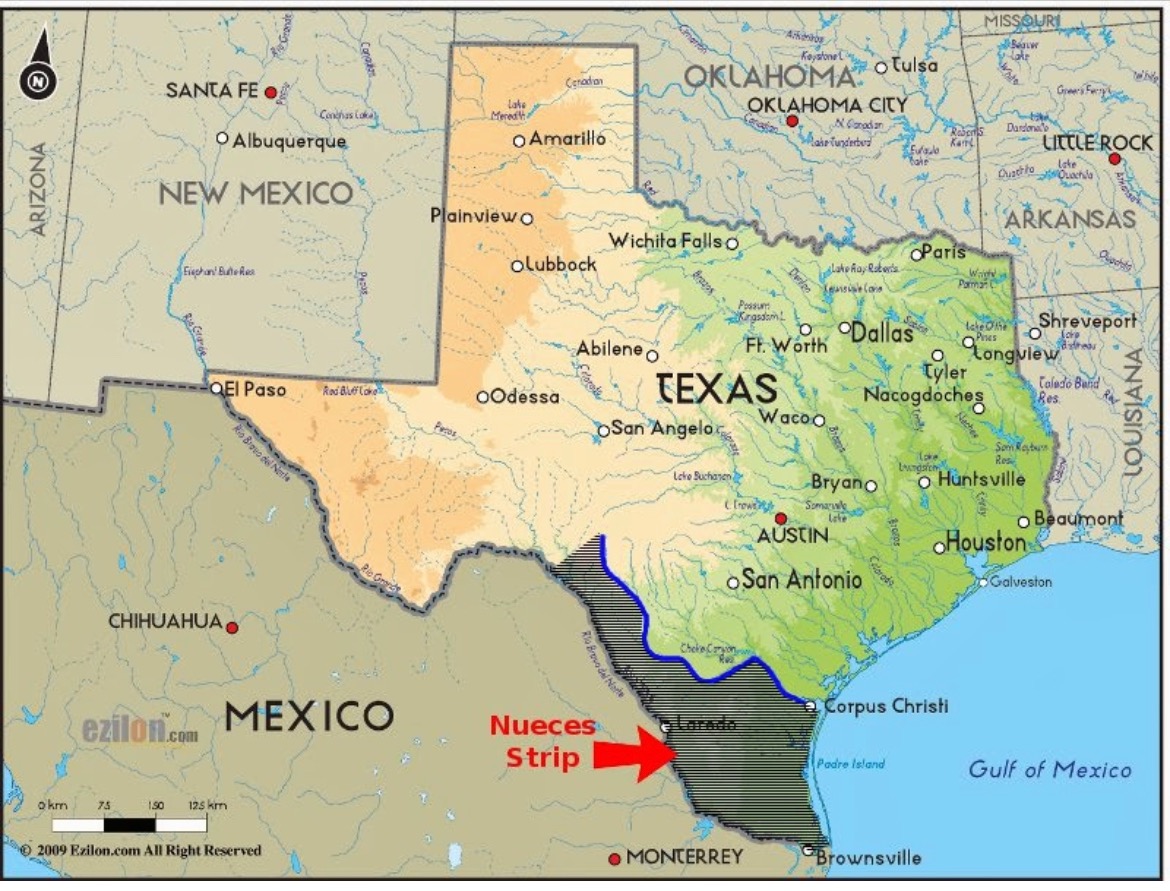“South to the Promised Land:” (9) Things I Learned from This Article
Intro
This article from Smithsonian Magazine tells of the “Southward Underground Railroad.”
https://www.smithsonianmag.com...
Most people know of the Underground Railroad as a series of routes, hiding places, and “conductors” that went from the United States South up to the “free territory” of the North. But, I learned in this article that there were also routes and a system for escaping south to Mexico, which was in the 1700’s and 1800’s seen as a safe haven for escaped slaves from the U.S.

(9) Things I Learned
1. Between 3,000 and 10,000 slaves escaped south to Mexico during the pre-Civil War slavery era of United States history.
2. “Spanish places” of the Americas seemed to be popular destinations for slaves wanting to escape their lives in the United States during the colonial era. First, in 1693, King Charles II declared that all fugitive slaves from the United States who escaped to Spanish Florida would be free. He later clarified that this would remain true as long as they converted to Catholicism and declared loyalty to the Spanish crown. In 1750, this promise was applied to all of New Spain (Mexico and the modern day United States West).
3. Mexico passed serious anti-slavery laws after earning their independence from Spain in 1821, making the country a destination for fleeing slaves from the southern United States.
4. The border between the United States and New Spain after the Louisiana a purchase was the Sabine River.

5. It almost seems like Mexico “did it to itself” in terms of its loss of Texas to the United States. Starting in the late 1700’s, New Spain would invite Anglo Americans from the Southern United States to settle in Tejas. They wanted to develop the place economically and deter the “Plains Indians,” such as the Comanches and Kiowas, who lived nearby and were very mobile and aggressive. But, the Spanish struggled to persuade their own citizens to move to Texas, so they opened the land up to whites from the U.S. In 1821, upon earning its independence from Spain, instead of discontinue this policy, Mexico accelerated it by starting an “empresario program.” The Mexican government would grant a “right to settle” to anyone who was willing to relocate to eastern Tejas (at that point, known as the Free State of Coahuila and Tejas) and oversee the settlement by other newcomers to this area. These “overseers” were called “empresarios.” Ultimately, most of these empresarios were pro-slavery white people from the southern United States. Although Mexico had made slavery illegal, these people spread pro-slavery sentiment throughout the state and were largely responsible for inspiring the Texas Revolution, which lasted from 1835-36 and ended with Texas rebelling from Mexico to become its own sovereign state.
6. The Neuces Strip: A 100-150-mile long border area between the Neuces River and the Rio Grande that, because of its undesirable remoteness and rattlesnake population, was the most treacherous part of the southern Underground Railroad to Mexico, and has gained a reputation as a place where lawlessness can thrive.

7. Black Seminoles: Remember how slaves could escape to Florida and gain freedom in Spanish Florida? Some who did allied themselves with the Florida Seminole Indians. They became known as Black Seminoles. Today, these are the places in the world with significant Black Seminole populations: Florida, Texas, Oklahoma, Andrés Island (Bahamas), and Mexico. Black Seminoles are known as Mascogos in Mexico.
8. The Lipan Apache and Comanche people were possibly the two greatest warrior tribes of all Native Americans.
9. United States slavery was seen by the Spanish, who they themselves used slavery, as especially harsh and inhumane. For example, in New Spain it was illegal to separate husbands and wives and impose excessive punishments, practices which were typical of U.S. slavery. Looking at the colonization that has happened all over our world over the past few centuries, most people would have to agree that the practice seems wrong and evil. I often think about the two colonial eras that I know best—British and Spanish in the Americas—and can’t help but feel that the United States colonial history is the greater of the two evils. Yes, a lot of what the Spanish did in their overseas territories was awful, but at least a significant amount more of Native Americans in Central and South America have survived compared to the survival rate in the United States. Now, to hear this assessment of the slavery… Ugh…
Post a comment